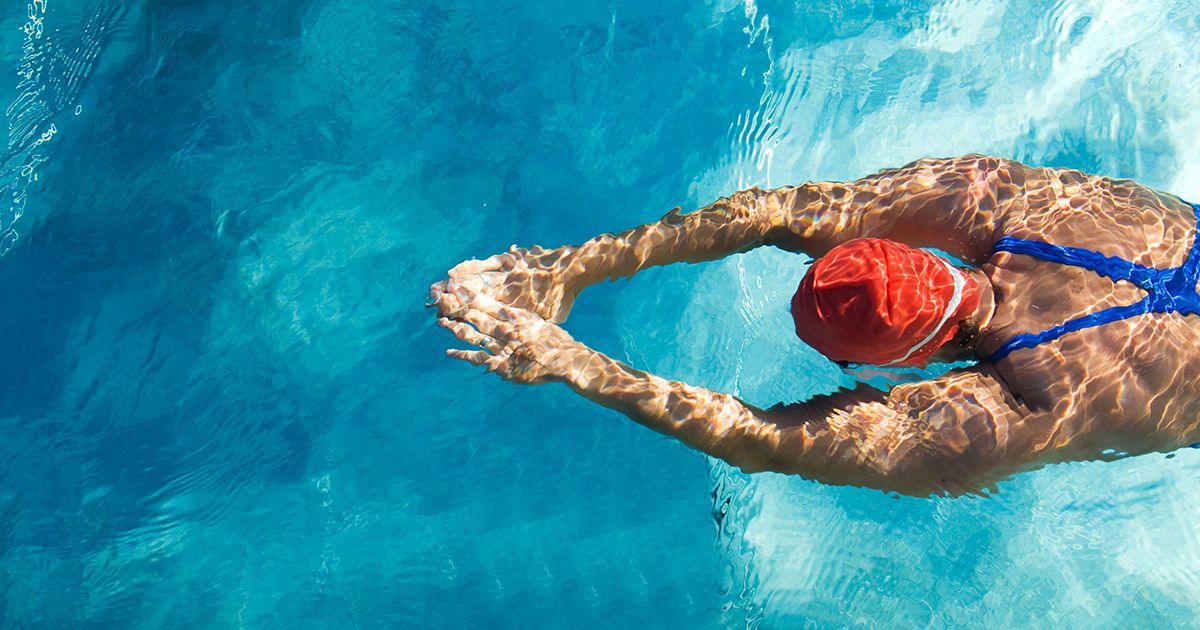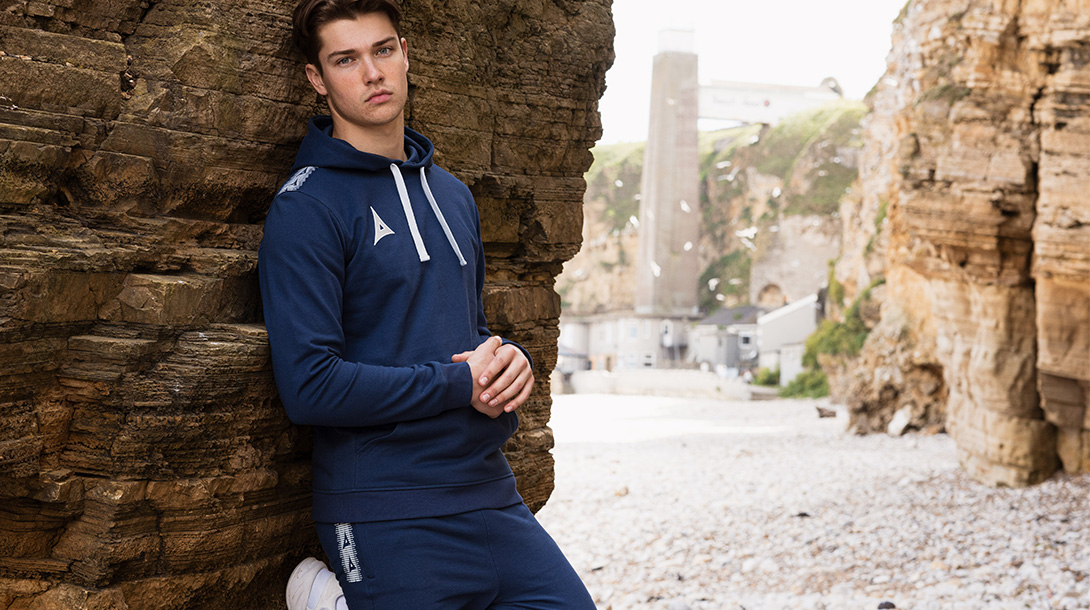Swimming is a full-body workout that demands strength, endurance, flexibility, and coordination. To enhance your performance in the pool, it’s essential to incorporate dryland exercises that target the muscles used in swimming. This blog post will highlight key exercises for swimmers, focusing on building the strength and stamina needed to excel in the water.
1. Core Strengthening Exercises
Plank Variations
The plank is a fundamental core exercise that helps swimmers maintain stability in the water. Variations like side planks and plank rotations target the obliques, improving your ability to stay streamlined during your swim strokes.
- How to Do It: Start in a forearm plank position, with elbows directly under your shoulders. Keep your body in a straight line from head to heels, engaging your core. Hold for 30-60 seconds, gradually increasing the duration as you build strength.
Russian Twists
Russian twists focus on the rotational core strength necessary for efficient swimming strokes, particularly the freestyle and backstroke.
- How to Do It: Sit on the floor with knees bent, lean back slightly, and hold a weight or medicine ball. Twist your torso from side to side, bringing the weight to the side of your hips with each twist. Perform 3 sets of 15-20 twists on each side.
2. Upper Body Strengthening Exercises
Pull-Ups
Pull-ups are one of the best exercises for swimmers, as they mimic the pulling motion used in most swim strokes, especially freestyle and butterfly.
- How to Do It: Grab a pull-up bar with palms facing away from you and hands shoulder-width apart. Pull your body up until your chin is above the bar, then lower yourself back down with control. Aim for 3 sets of 5-10 reps.

Push-Ups
Push-ups build upper body strength, particularly in the chest, shoulders, and triceps, which are crucial for powerful swim strokes.
- How to Do It: Start in a high plank position, with hands slightly wider than shoulder-width apart. Lower your body until your chest nearly touches the floor, then push back up to the starting position. Perform 3 sets of 10-15 reps.
3. Lower Body Strengthening Exercises
Squats
Strong legs are essential for explosive starts and powerful kicks. Squats target the quadriceps, hamstrings, and glutes, providing the lower body strength needed for swimming.
- How to Do It: Stand with feet shoulder-width apart, lower your body by bending your knees and pushing your hips back, as if sitting into a chair. Keep your chest up and knees behind your toes. Return to standing. Perform 3 sets of 12-15 reps.
Lunges
Lunges improve balance and build strength in the legs, enhancing your kicking power and stability in the water.
- How to Do It: Stand with feet together, step one foot forward, and lower your hips until both knees are bent at 90-degree angles. Push back up to the starting position and repeat on the other leg. Perform 3 sets of 10-12 reps per leg.
4. Plyometric Exercises
Box Jumps
Box jumps are explosive movements that build lower body power, crucial for strong starts and turns in swimming.
- How to Do It: Stand in front of a sturdy box or platform. Bend your knees and swing your arms back, then jump onto the box, landing softly with both feet. Step down and repeat. Perform 3 sets of 8-10 jumps.
Burpees
Burpees combine strength and cardio, improving overall endurance and explosive power, which are essential for sprinting in the pool.
- How to Do It: Start standing, drop into a squat, place your hands on the ground, and jump your feet back into a plank position. Perform a push-up, then jump your feet back to your hands, and explosively jump up, reaching your arms overhead. Perform 3 sets of 8-12 reps.
5. Flexibility and Mobility Exercises
Shoulder Stretching
Flexibility in the shoulders is vital for swimmers to achieve a full range of motion. Regular shoulder stretches can prevent injuries and improve stroke efficiency.
- How to Do It: Extend one arm across your chest, holding it with the opposite hand. Hold the stretch for 20-30 seconds, then switch arms. Repeat 2-3 times on each side.
Hip Flexor Stretch
Swimming requires flexibility in the hips for effective kicks. Stretching the hip flexors can enhance your range of motion in the water.
- How to Do It: Kneel on one knee with the other foot forward, creating a 90-degree angle with both knees. Push your hips forward slightly until you feel a stretch in the front of your hip. Hold for 20-30 seconds and switch legs. Repeat 2-3 times on each side.
6. Cardiovascular Exercises
Running or Cycling
Cardiovascular endurance is essential for swimmers, particularly for longer events. Incorporating running or cycling into your routine can improve your aerobic capacity, helping you swim faster for longer.
- How to Do It: Aim for 30-45 minutes of steady-state cardio, or mix it up with interval training to boost endurance and power.
Jump Rope
Jumping rope is a great way to build cardiovascular endurance while also improving coordination and agility, which are beneficial for swimming.
- How to Do It: Start with 5-10 minutes of continuous jumping, focusing on quick, light jumps. Gradually increase your duration as your endurance improves.
Conclusion
Incorporating these exercises into your training routine will help you build the strength, endurance, flexibility, and power needed to excel in the pool. Whether you’re a competitive swimmer or simply looking to improve your fitness, these targeted workouts will enhance your swimming performance and help you reach your goals.


